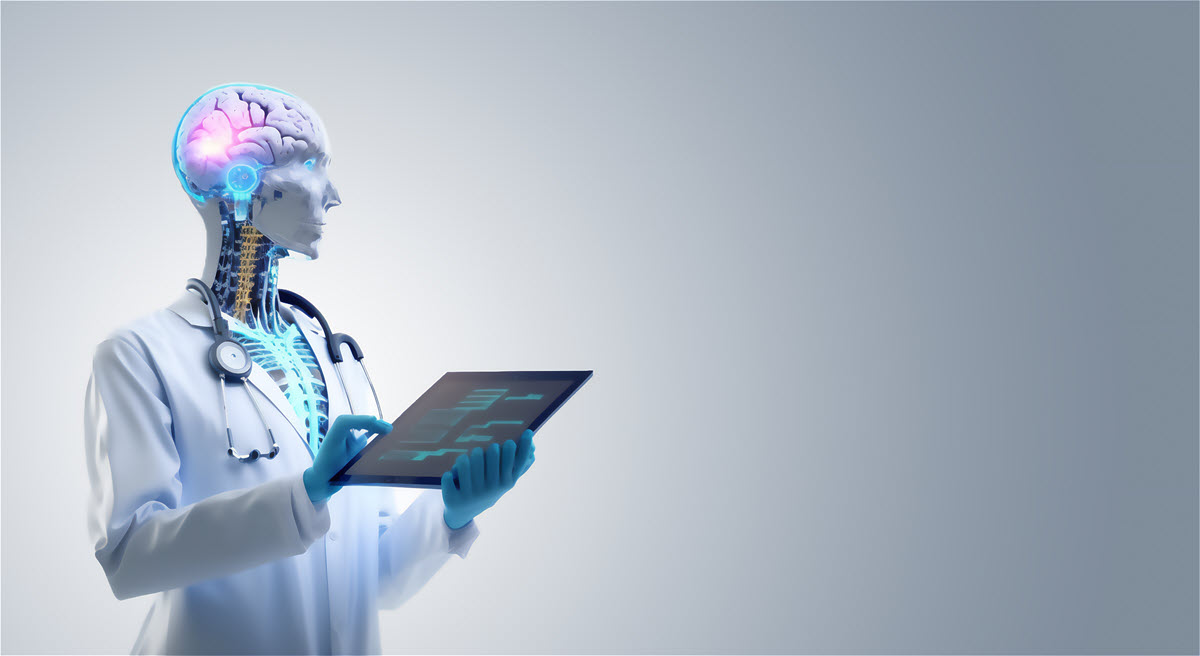If you’ve ever watched a medical drama and thought, “Wow, if only doctors had a robot sidekick who could catch that rare diagnosis,” congratulations—you’re already on the same wavelength as the creators of AI for Medical Diagnosis on Coursera. This course, a gem in the crown of DeepLearning.AI’s “AI for Medicine” specialization, introduces you to a future where machine learning lends a helping hand (or rather, a virtual hand) in diagnosing patients.
But what exactly is this course about? Is it only for AI nerds in lab coats? And most importantly, will you be able to impress your cat with your newfound ability to detect pneumonia from chest X-rays? Let’s break it down together, casually but thoroughly.
What Is “AI for Medical Diagnosis”?
This course, led by Pranav Rajpurkar (yes, the Harvard guy), aims to teach learners how to apply deep learning techniques—especially Convolutional Neural Networks (CNNs)—to the field of medical imaging. Think lungs, brains, and lots of very pixelated data.
You’ll get your hands on real-world medical datasets and train models that can:
- Detect pneumonia from chest X-rays
- Spot tumors in MRIs
- Classify diagnostic images with the accuracy that would make Dr. House sweat.
No white coat required, but a basic knowledge of deep learning will help a lot.
Who Should Take This Course?
Honestly? If you’re someone who’s ever played with TensorFlow, dabbled in Python, or had a minor existential crisis while trying to install PyTorch, you’re in the right place.
Prerequisites:
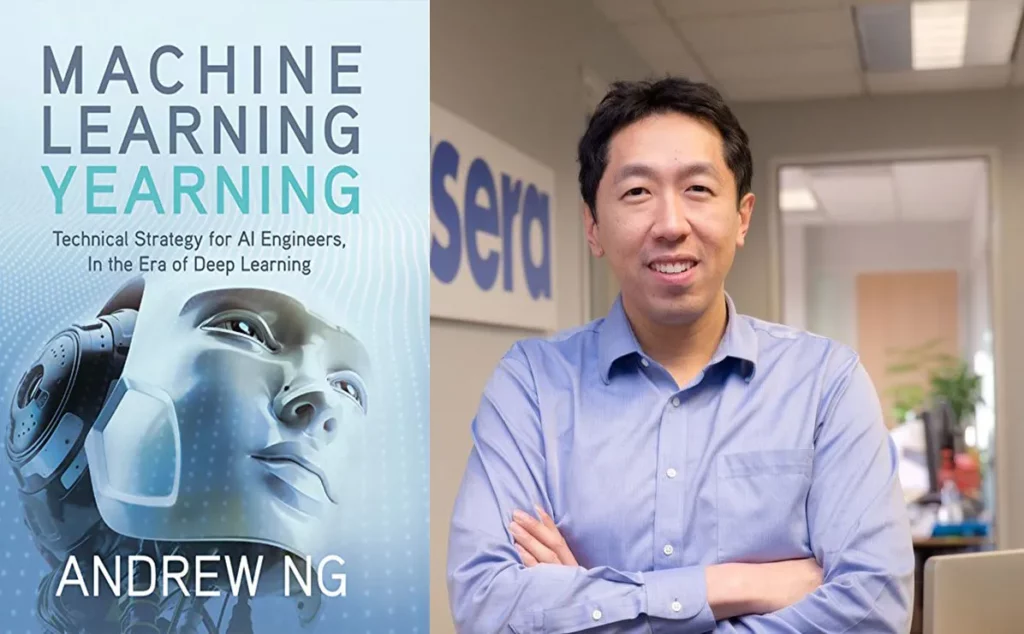
- Intermediate Python skills
- Some experience with deep neural networks
- Basic understanding of how machine learning works (you know, gradients, layers, loss functions… that stuff)
If you’re new, you might want to start with Andrew Ng’s Deep Learning Specialization first.
What Will You Learn?
Let’s get geeky for a moment:
Topics Covered:
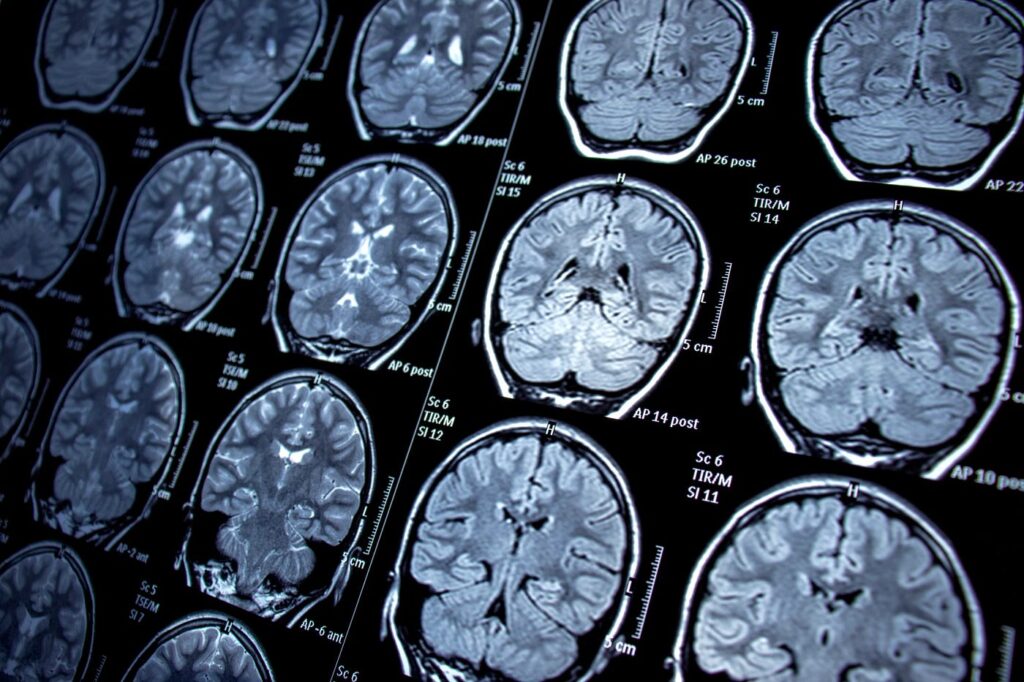
- How to preprocess medical imaging data
- Training and evaluating CNNs on medical images
- Handling unbalanced datasets (because most medical data isn’t nicely organized)
- Transfer learning and model fine-tuning
- Model performance metrics like AUC, precision, and recall
- Real-world limitations of AI in medicine (because yes, we still need humans)
Real-World Projects:
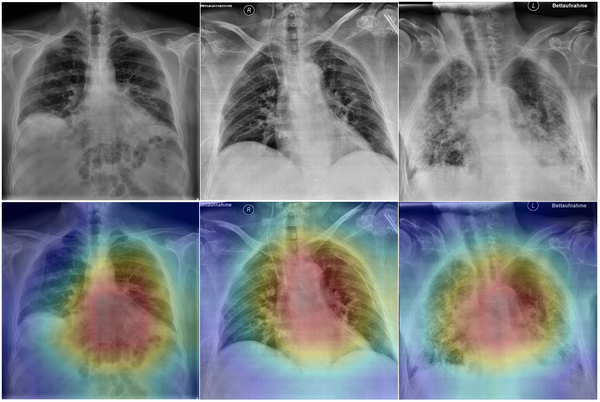
- Build a pneumonia detection model using chest X-ray images
- Work with MRIs to identify brain disorders
- Learn how to distinguish signal from noise in chaotic real-world medical data
It’s not just textbook theory. You’re going to be coding, analyzing, and most importantly, debugging like a pro.
Is It Just a Boring MOOC?
Far from it. This course is more like an interactive mini-lab that lives inside your laptop. You’ll be juggling Jupyter notebooks, plotting ROC curves like it’s nobody’s business, and gaining a portfolio project that you can brag about to your LinkedIn connections (or your grandma).
Also, it’s part of a three-course specialization, so if you want to go full Dr. AI, here’s the trilogy:
| Course | Focus |
|---|---|
| AI for Medical Diagnosis | Imaging and CNNs |
| AI for Medical Prognosis | Risk models and prediction |
| AI for Medical Treatment | Treatment planning and NLP |
Meet the Instructor: Pranav Rajpurkar
Aside from having a name that sounds like a tech CEO or a Bollywood heartthrob, Pranav is a respected researcher at Harvard. His work revolves around AI-driven decision support tools in healthcare, and yes, he’s the kind of guy who knows how to pronounce “reticulonodular opacities” without blinking.
He also co-hosts The AI Health Podcast and co-edits Doctor Penguin, a newsletter about medical AI. You’re learning from someone who eats neural networks for breakfast.
Why Does This Course Matter?
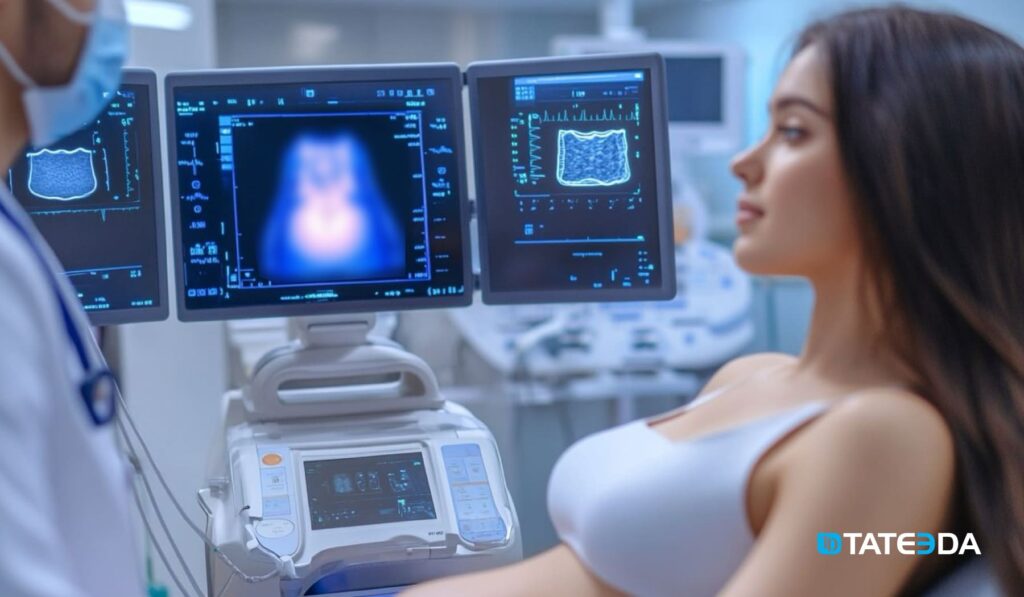
Let’s talk real-world impact.
- Faster Diagnosis: AI can flag problems in seconds that might take a human much longer to notice.
- Support in Underserved Areas: In regions with few specialists, AI can offer crucial second opinions.
- Consistency: No coffee-fueled bias or missed details due to long night shifts. AI doesn’t sleep.
This course isn’t about replacing doctors—it’s about enhancing their abilities. Think of it as Iron Man and JARVIS, not HAL 9000.
How to Enroll
Enrolling is as easy as ordering food from a delivery app (but with fewer calories).
- Visit the AI for Medical Diagnosis Course Page
- Sign up with Coursera (it’s free to audit, but paid if you want the certificate)
- Grab your laptop, charge your brain, and dive in.
Final Thoughts: Is It Worth It?
Absolutely. Whether you’re a data scientist looking to break into healthcare, a med student curious about AI, or a tech enthusiast with a love for MRIs and machine learning, this course delivers serious value.
It’s well-structured, hands-on, and taught by someone who knows the ropes. Plus, the portfolio projects make it more than just another thing to put on your resume. It’s a step toward a future where humans and AI collaborate to make healthcare smarter, faster, and more accessible.
So go ahead, take the plunge. Your future patients (and your resume) will thank you.
Frequently Asked Questions (FAQ)
Q: Can I take this course without a medical background?
A: Yes! The course focuses more on the AI side of things. A general curiosity about healthcare helps, but you don’t need to be a doctor.
Q: Do I need expensive hardware?
A: Nope. You can use cloud-based environments like Google Colab. No GPU? No problem.
Q: How long does it take to complete the course?
A: Roughly 3–4 weeks if you spend 4–6 hours per week. Your mileage may vary depending on your experience.
Q: Is there a certificate?
A: Yes! If you opt for the paid version, you get a shiny certificate you can post on LinkedIn or frame above your desk.
Q: Will this course help me get a job?
A: It can boost your profile, especially if you’re aiming for roles in medical AI, health tech, or research. Just be sure to combine it with hands-on projects and continued learning.
Read more about the broader impact of AI across industries in our article on Real-World AI Applications.
